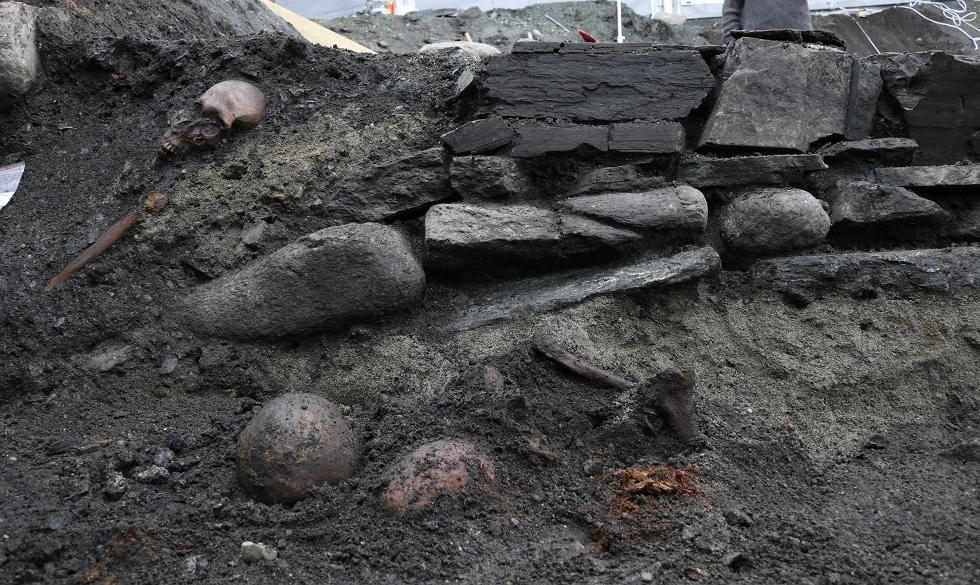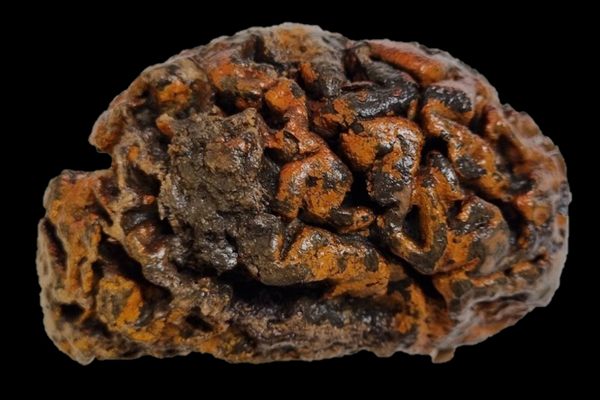Found: The First Mausoleum Where a ‘Miracle’ Viking King Was Buried
Olaf Haraldsson is also the patron saint of Norway.

Like many a viking king, Olaf II of Norway, also known as Olaf Haraldsson, is thought to have died in battle. The year was 1030, and Olaf was leading an army to defend Christianity in the Battle of Stiklestad, the story goes, before being felled.
Or was he? No contemporary accounts of the battle exist, and the whole battle was later thought to have been simply made up; it’s hard to make a saint without a little martyrdom.
Still, regardless of how he died, historians are pretty sure of one thing: where the king is buried. Today Olaf’s remains are enshrined in Nidaros Cathedral in Trondheim, but, immediately after his death, they were first laid in the ground of that city.
And it was there that, a year after his burial, Olaf’s coffin was dug up, “revealing his miraculously well-preserved body,” according to the Norwegian Institute for Cultural Heritage Research (NIKU).
That finding confirmed for many Olaf’s spiritual prowess, and his body was subsequently moved nearby to St. Clement’s Church, then on to other churches as the crowds grew, before finally settling in at Nidaros Cathedral, the northernmost still-standing medieval cathedral in the world.
Until recently, no one knew where that first wooden stave church—St. Clement’s Church—was located, but on November 11, NIKU said that it had found it. Archaeologists even think they’ve discovered the altar where Olaf might have been buried inside the church, also located in Trondheim.
“This is a unique site in Norwegian history in terms of religion, culture and politics,” said Anne Petersén, the excavation’s director. “Much of the Norwegian national identity has been established on the cult of sainthood surrounding St. Olaf, and it was here it all began!”
Olaf wasn’t canonized until 1164, or over 130 years after his death. Still, he’s taken on perhaps more responsibility in death than in life. In addition to being the patron saint of Norway, Olaf is also the patron saint of carvers, kings, land, and… difficult marriage. That should keep anyone busy.












Follow us on Twitter to get the latest on the world's hidden wonders.
Like us on Facebook to get the latest on the world's hidden wonders.
Follow us on Twitter Like us on Facebook